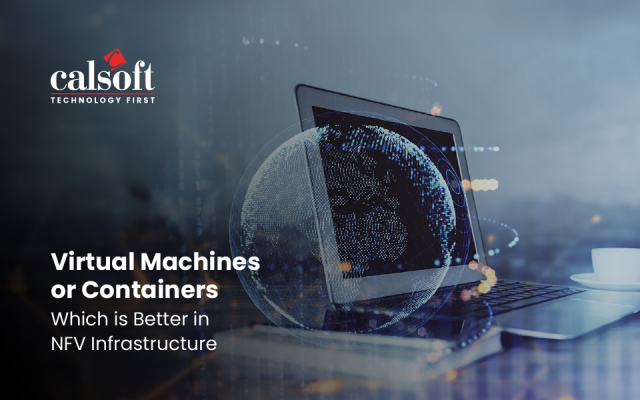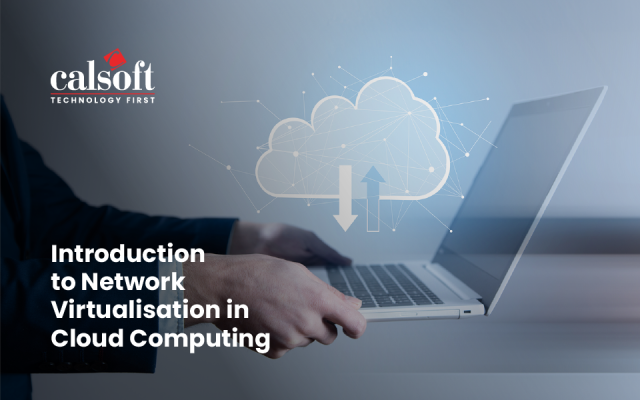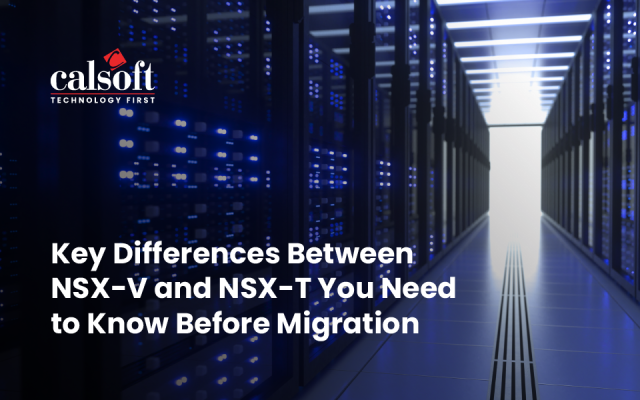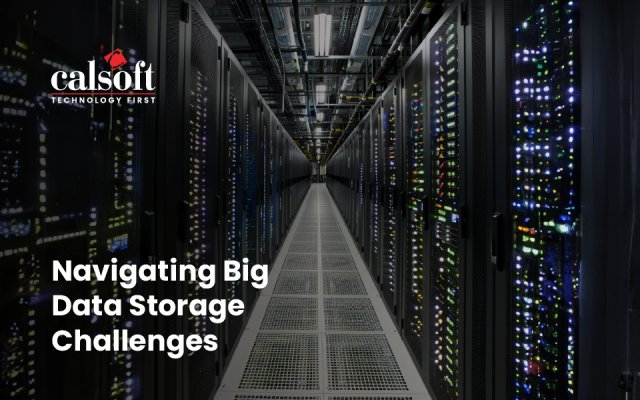SDDC is the abbreviation for Software-Defined Data Center. SDDC is a concept wherein eventually all elements – compute, networking and storage systems in the data center will be controlled through a management layer that is not dependent on the hardware and is managed instead by intelligent software systems. Virtualization is the key concept for the smooth functioning of SDDC.Having said the next logical step in the progress of Virtualization and Cloud Computing, SDDC essentially underpins the technology to facilitate both legacy enterprise applications and cloud computing services. It has the capability to manage services in such a way that optimum utilization of resources can be carried out to meet a defined level of service assurance. This is be achieved by virtualizing the hardware layer and providing required services. It is particularly accomplished with the following options:
Benefits of SDDC
- Reduced infrastructure costs
The initial investment (CAPEX) for hardware systems is high however the operational costs (OPEX) associated with these systems are much higher. It directly affects the ROI (Return On Investment) for every enterprise. With data centers being offered as services, the complete removal of hardware results in costs reduction drastically hence rendering the service to be quite affordable.
- Not limited to hardware.
Businesses are not constricted to the age old hardware systems for meeting their processing needs. Here is where SDDC steps-in to provide virtualized solutions as a service package.
- Resolved network hold-ups
In the traditional systems of data centers, network management has always been a point of concern as it consumes lot of time and extra resources to furnish results. In SDDC, all network hardware is responsive to the control panel which automates network provisioning based on pre-defined rules and policies.
- Optimal Utilization
As the systems are managed through software, SDDS helps to optimally utilize all the compute, network and storage systems in the data center. Dynamically, it can take decisions to power-on or power-off the systems based on the requirements. Thus helping the organization to save on power and cooling costs as well.
- Improved security:
Compliance with security policies and mandates is ensured with the help of unified monitoring of data centers as it provides a holistic outlook of data resources and eliminates fragmented monitoring.
SDDC intends to move an organization from a workload defined structure to a software defined architecture where rigorous workloads can be identified and managed effectively with the help of software based services. It empowers the network to gain competitive edge over other organizations with the help of flexibility and cost effectiveness.
To know more email: marketing@calsoftinc.com






